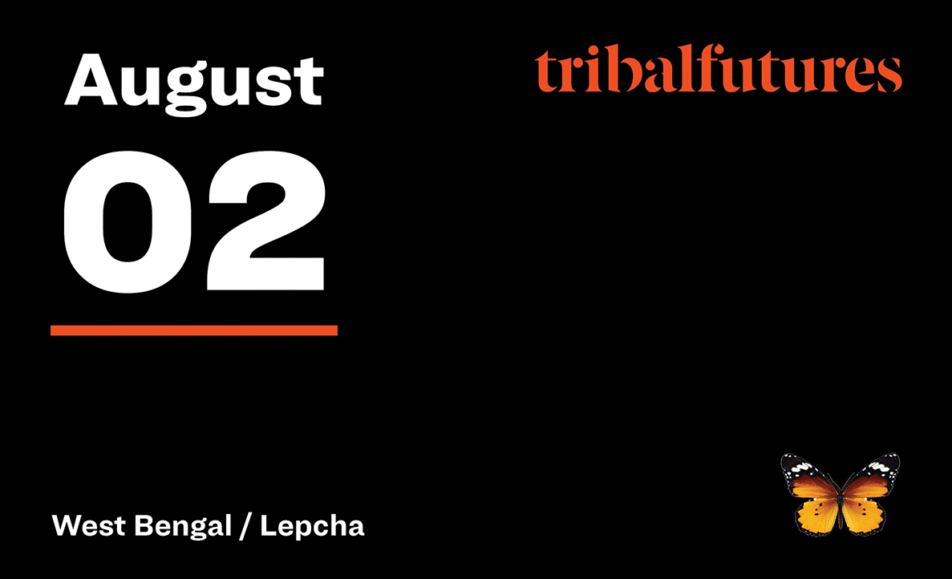
Lungshai Leisan Luikham, a storyteller, illustrator, and animator from Ukhrul, Manipur, will present a 30-minute talk at the Tribal Futures event. Her work is deeply rooted in the stories of her upbringing, reflecting the vibrant culture of her homeland and her personal experiences. Lungshai holds a Bachelor of Fine Arts degree from the College of Art in Delhi and a Master of Design in Animation from IDC, IIT Bombay. Currently working as a freelancer, she is dedicated to bringing unique and meaningful stories to life through her art. Her talk will explore how her background and education have influenced her creative journey and how she continues to use her art to celebrate and preserve the rich cultural heritage of her community. This session promises to offer a unique insight into the intersection of traditional storytelling and contemporary animation, showcasing the power of art in cultural expression and preservation.



